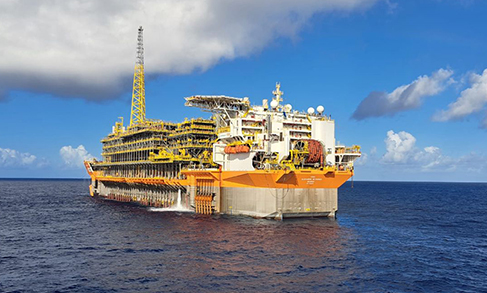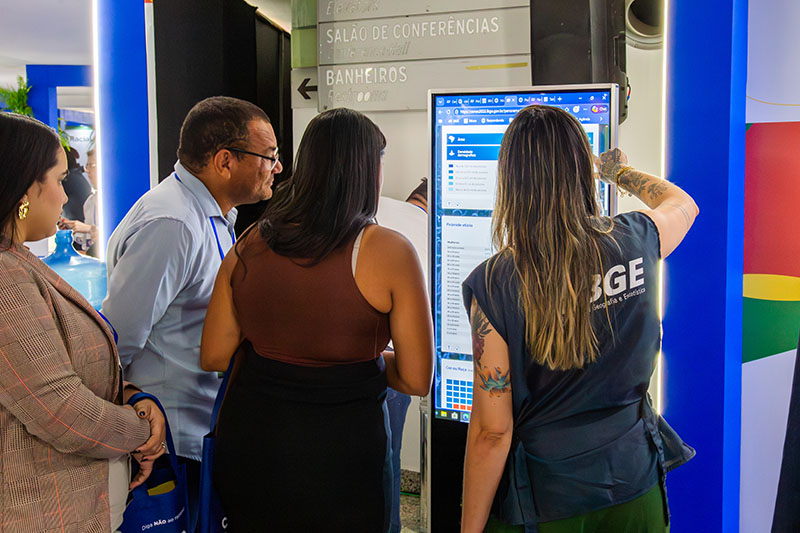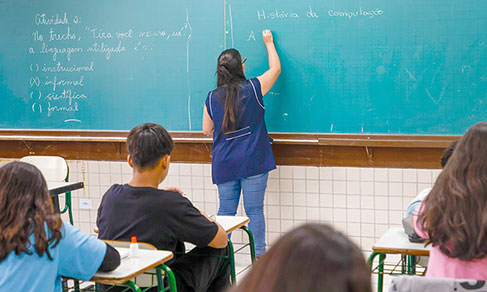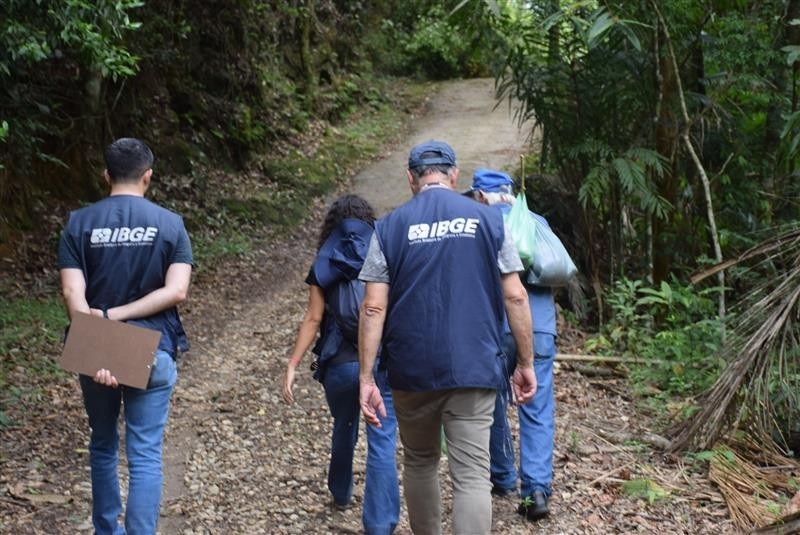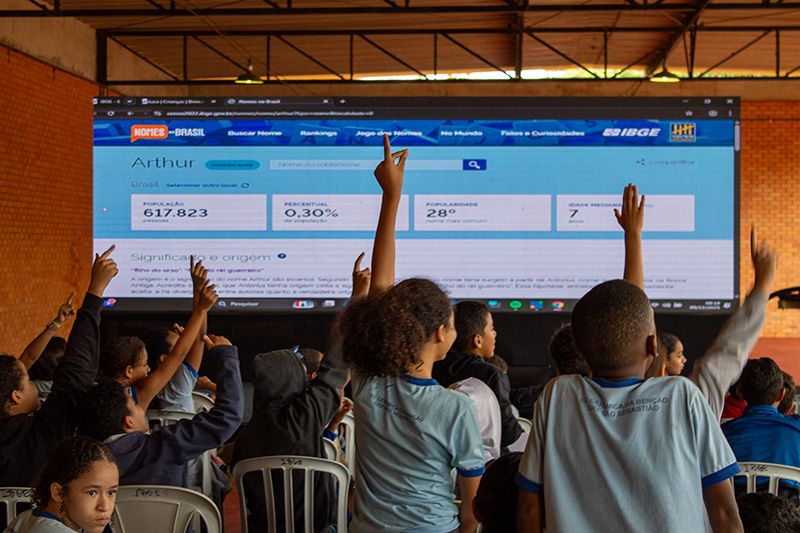In Minas Gerais
Fish farming center creates jobs and transforms lives
March 27, 2018 09h00 AM | Last Updated: June 05, 2018 10h32 AM
The non-existence of coastal areas in nine Brazilian states does not prevent the production and consumption of fish, once we can resort to freshwater fish. The overall output of Brazilian fish farming amounted to 507.12 thousand metric tons in 2016, which means an increase of 4.4% against the previous year, according to data from the Municipal Livestock Survey (PPM). Rondônia remained as first in the ranking, with 90.64 thousand metric tons of fish, followed by Paraná (76.06 thousand metric tons) and São Paulo (48.35 thousand metric tons).
Tilapia and tambaqui lead the national production. Although Paraná and São Paulo have had the biggest state productions of tilapia, according to the survey, it was the city of Orós, in Ceará, which accounted for the biggest municipal output. In the ranking of amount produced, Minas Gerais was in the third position among the states, and Morada Novas de Minas (MG) is the municipality with the second biggest output of tilapia in the country: 8.4 thousand metric tons.
The position as a fish farming center in the state is recent, as are the positive effects in terms of labor and income. “Seventeen years ago, nobody used to know tilapia, but the fish is found everywhere here nowadays”, says Antonio Tessitore, regional development analyst at the Development Agency of São Francisco and Parnaíba River Valleys (Codevasf).
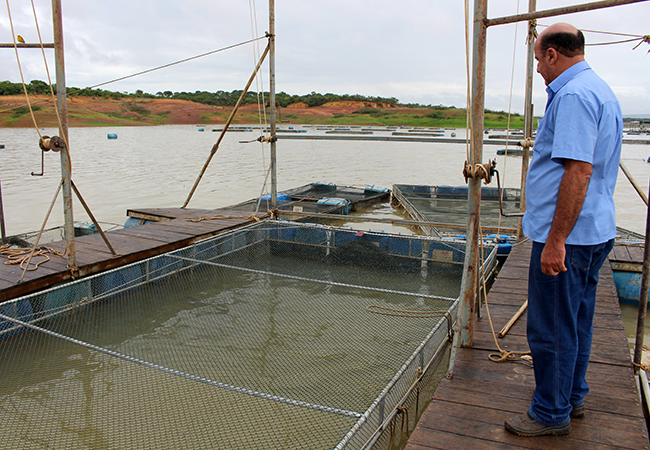
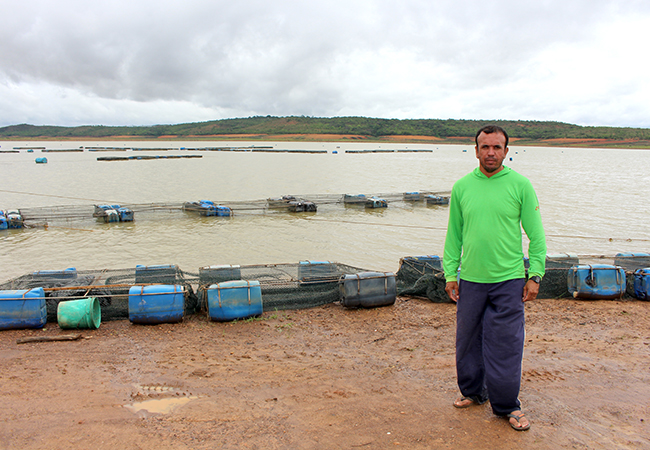
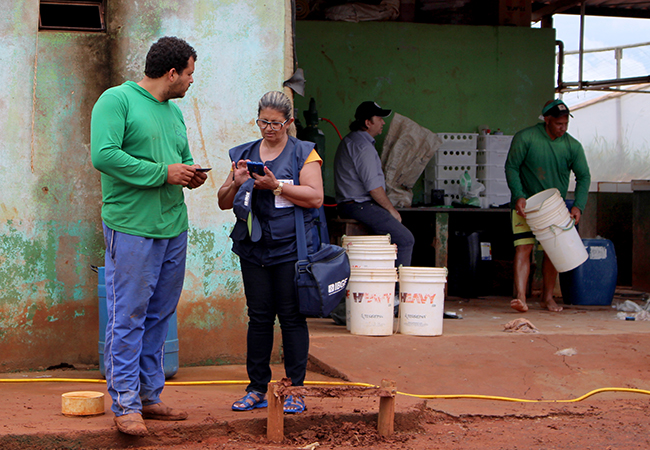
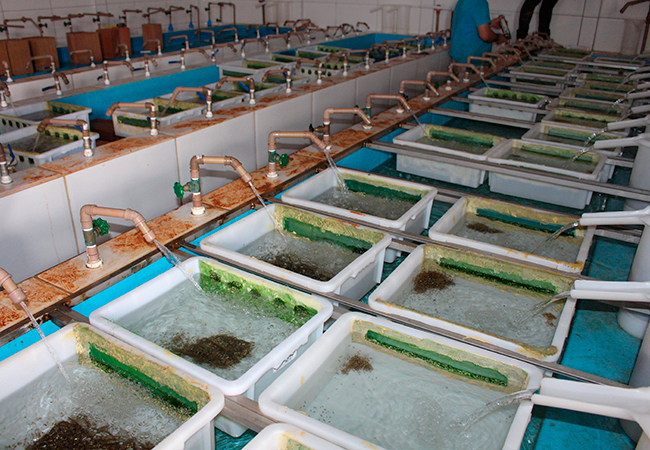
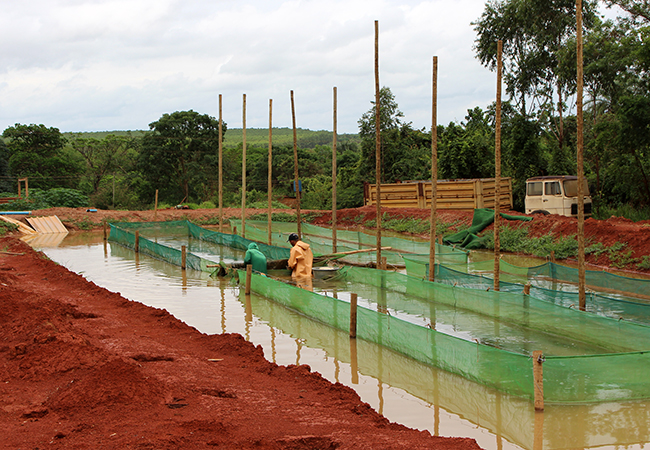
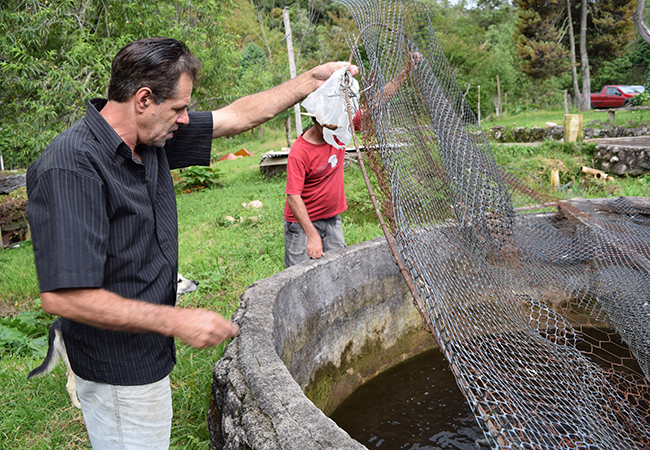
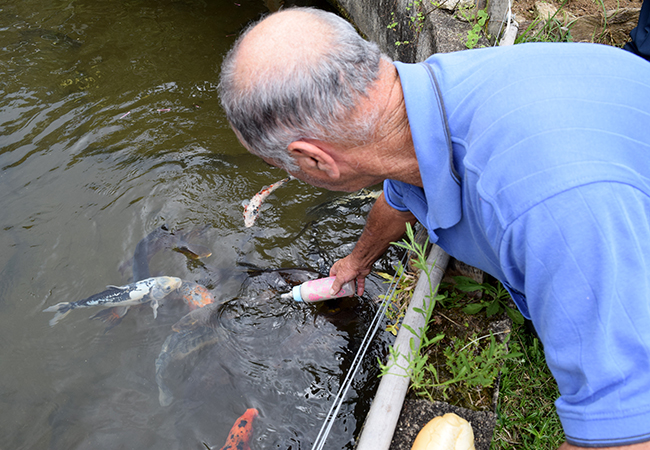
Agriculture makes way for fish farming
The potential of the Minas Gerais Area comes from the lake formed by the reservoir of Três Marias (created to control the flow rate of São Francisco Rive), which is proper for raising fish in aquaculture cages. The area has been acknowledged as a Local Productive Arrangement (APL) – there are found several companies and institutions belonging to a same sector, and which work in partnership - fostering the growth of the economic activity.
In 2001, a partnership between Codevasf and the Ministry of Fishing and Aquaculture promoted the implementation, in Morada Nova, of the first demonstrative facility for tilapia production in aquaculture cages of the reservoir. Seven years later, in 2008, the company gave the municipality a Fish Processing Unit, managed by the Cooperative of Fish Farmers from the High and Medium São Francisco (Coopeixe).
Nowadays, the president of the Cooperatibe, Edmilson Ferreira, estimates that the sector generates 1,500 direct and indirect jobs, with a monthly output of 1.5 thousand tilapia. "Fish farming is now strong in the municipality; as agriculture used to be", he highlights. Morada Nova of Minas, alone, is believed to have had 32 fish farmers in 2016; that figure increases to 71 if we count those in surrounding cities, most of them small and medium entrepreneurs.
| Aquiculture output, by type of product - Variable - Aquiculture output (Kilograms) | |||||
|---|---|---|---|---|---|
| Brazil and Federation Units | Type of product | Year | |||
| 2013 | 2014 | 2015 | 2016 | ||
| Brazil | Carp | 18,836,860 | 20,886,062 | 20,683,054 | 20,336,354 |
| Tilapia | 169,306,011 | 199,948,214 | 218,798,536 | 239,090,927 | |
| Trout | 957,016 | 1,703,606 | 1,590,010 | 1,690,630 | |
| Minas Gerais | Carp | 120,870 | 131,158 | 94,802 | 106,303 |
| Tilapia | 14,329,045 | 16,187,166 | 19,221,604 | 30,973,184 | |
| Trout | 503,116 | 669,430 | 769,780 | 888,100 | |
| Source: IBGE - Pesquisa Pecuária Municipal | |||||
Lives transformed
After many attempts at agriculture, Ailton Batista, age 52 years, decided to invest in fish farming in 2009, first working on fish processing. Enthusiastic about the outcome, he also started raising fish in a approximately 200 cages. Currently, he is building his second facility, which is expected to generate 60 new job posts.
One of the fish farmer's employees, Rodrigo de Souza, age 37, born and raised in the city, is convinced the activity has changed many lives: "my wife and I have worked in this field." It's been eight years since I started. That has been very good for us, both financially and professionally."
Together with this process, comes the increased demand for the product in the market, since the tilapia is said to have mild taste with fishbones. As a result, new businesses were created after the tilapia production chain, for example, the farming of fingerling, which are eventually provided to fish farmers for slaughter or sale.
Carlos Ribeiro, age 31, cannot even consider having another occupation rather than dealing with fish. He has been into fingerling raising since the end of his studies, and now has 14 employees. "When I started, I expected to produce 350 thousand fingerling per month. Since then we have reached an output of 2 million and a intend to surpass the figure of 3 milion in 2018."
In spite of this very positive scenario for fish farming in Morada Nova de Minas, Ailton Batista and Carlos Ribeiro feel sorry for having difficulties and facing bureacracy to regulate the activity that requires an environmental license to work and to be granted credit.
Trout farming
Differently from tilapia, which is found in 24 Federation Units, the trout is raised only in the South and Southeast of Brazil. Minas Gerais is the biggest national producer, with an output that increased by 76.5% between 2013 and 2016, and reached 888 metric tons, according to data from the PPM. Santa Catarina is second in the ranking (700 metric tons), way better Rio de Janeiro (86 metric tons).
According to the technical assistant of Fisheries, Fish Farming and Environment from the Company of Technical Assistance and Rural Extension of the State of Minas Gerais (Emater-MG), Vanessa Gaudereto, that species was introduced in Brazil in the 1950's, as an alternative to fishing. Currently, a survey conducted by the company estimated that there are, in the state, about 120 trout farmers, among related and unrelated ones. "The trout has a high nutritional value and a great importance in gastronomy, with a high potential for being used in the market and in terms of price".
The south of Minas Gerais is responsible for most of the state production. The favorable geography of the Mantiqueira Mountain Ridge, with cold, crystal, high-quality water, is the ideal place for trout farming, which makes the place the biggest trout producer in the country. "The relief of the Ridge, with several rocks and waterfalls, guarantees the necessary oxygen. Another characteristic is that the animals use little space in the property, adds Vanessa.
In the municipality of Paraisopolis, Arlindo Souza, age 54, also a lambari and carp farmer, make a living out of the sale of trout fingerling. Twenty years ago he saw the high water potential of the region and the opportunity of investing in fish farming, opposite to the work in crops. "I started out with very few trout and sold the fish little by little. As people got to know about it, othe news spread and now there are many people interested", says Mr. Souza, who trades one thousand trout for R$120 to R$ 200, depending on their size. "I have sold fish to Belo Horizonte", he says, and highlights the main advantage of this activity is its easy handling, mainly with the help of his son.
The entrepreneur tries to have a diversiy of earnings, and for that he also explores the tourist potential of the area. He has an area dedicated to recreational fishing and also plans on opening a restaurant and buying a balloon.
Carp farming
Twenty-three kilometers away, in the municipality of Gonçalves, curiosity attracts tourists to the property of Antônio Magalhães, age 70. A fish farmer for about a year, he says today the activity is only a pastime. “I used to have about two thousand trout, but I gave up some time ago, when many houses were built and the water was over".
He is currently into carp farming and what calls people's attention is the habit of using baby bottles to feed the fish. "I saw it on TV the other day and tried to try". It took us some time, but it worked, for the carp is a very meek fish." A lot of people come here to see them, and take a picture", he says as he expects to expand is business.
The carp, a type of ornamental fish, comes from China. According to PPM, Rio Grande do Sul was the main producer of the species in 2016, followed by Santa Catarina, Paraná, São Paulo and Minas Gerais. In that same year, the carp was the number six most produced fish in Brazil.


